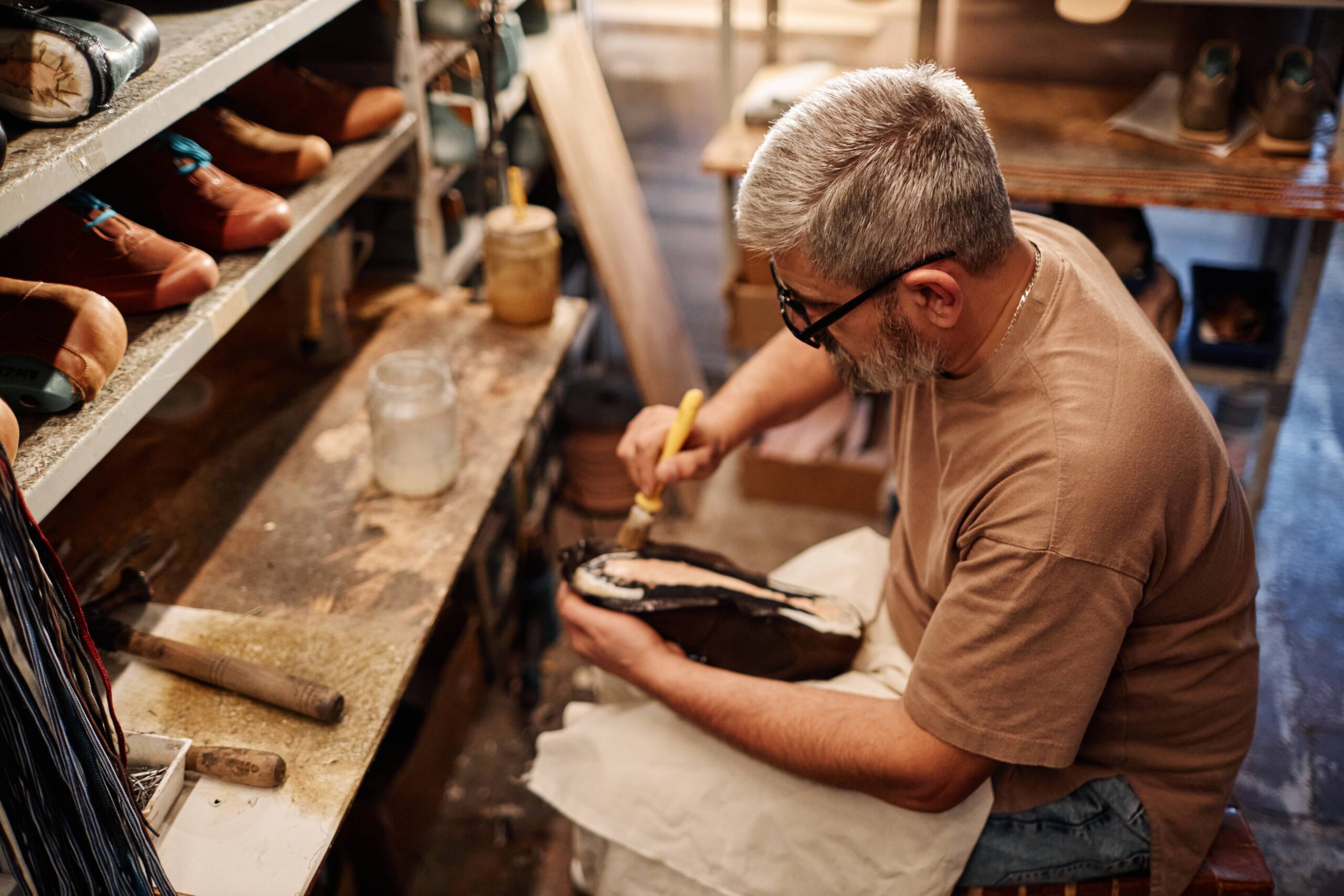In a world where change is the only constant, a curious paradigm emerges: the juxtaposition of tradition and innovation. As we stand on the brink of an unprecedented digital era, businesses must navigate the delicate balance between the age-old practices that have stood the test of time and the futuristic ideas that promise to redefine industries. The art of harmonizing these elements is not just about survival; it’s about thriving in a landscape that demands both core values and cutting-edge technology. Let’s embark on this journey, uncovering how tradition can be the catalyst for change, creating a market that is both meaningfully rooted and speedily evolving.
The Essence of Tradition and Its Role in Modern Business
Tradition serves as the bedrock on which many successful enterprises are built. It embodies the craft and practices passed down through generations, offering a sense of identity and continuity. But how does this essence translate into today’s business world?
The answer lies in the innate values that tradition imparts. These values form the core of what many consumers seek: authenticity, reliability, and a history of trust. In an age where information is just a click away, consumers are increasingly turning toward brands that resonate with a rich heritage. Leveraging this, companies can create experiences that are not just products but narratives etched in history.
Yet, embracing tradition doesn’t imply stagnation. Business leaders today are discovering that tradition can be the foundation upon which innovation is built. When viewed through the lens of modernity, practices that once seemed archaic are being reimagined and revitalized. This synthesis of old and new can manifest in myriad ways, from design concepts that blend classic aesthetics with contemporary flair to digital platforms that echo time-honored methods of engagement.
Ultimately, the role of tradition in modern business is not to resist the digital shift but to complement it. By understanding and utilizing the traditional craft as a starting point, businesses can embark on a journey of continuous innovation that honors the past while propelling into the future.
Innovation: The Inevitable Force Shaping the Future
Innovation is not merely a buzzword; it is the lifeblood of progress and change. While many view it as a departure from tradition, in truth, it is an extension that breathes new life into established practices. In this era where technology rapidly evolves, businesses are tasked with harnessing this force to remain relevant.
The key to successful innovation lies in embracing it not as an external pressure but as an internal drive to better serve the consumer. In our current market, innovation is not just about the next big thing; it’s about smarter solutions, streamlined processes, and enhancing the consumer experience.
As companies embrace digital platforms, they open up new vistas for creativity and engagement. Yet, these technological advances should not overshadow the importance of the human touch. A seamless blend of core traditional values and modern technology can redefine the consumer experience. From personalized marketing campaigns to AI-driven customer service, innovation enriches design and delivery, making every interaction more meaningful.
Moreover, the essence of innovation extends beyond mere technological upgrades. It’s about nurturing a business culture that encourages experimentation and values ideas. It’s about cultivating environments where creativity is not only welcomed but celebrated. In doing so, businesses build a resilient foundation capable of adapting to the rapid changes of tomorrow.
Crafting a Harmonious Balance: Tradition Meets Innovation
The art of balancing tradition with innovation is akin to walking a tightrope between the known and the unknown. It requires a strategic mindset, one that respects the past while being open to the possibilities of the future.
To achieve this, businesses need to foster an environment where ideas can flourish. This involves seeking insights from both the seasoned artisans who understand the craft and the digital-savvy teams pushing boundaries. Such collaboration ensures that the values rooted in tradition are not lost, but rather, enhanced by innovative approaches.
Every enterprise must define its core values, ensuring they remain at the heart of its operations. These values serve as a compass, guiding change and innovation without compromising integrity. By integrating technology thoughtfully, businesses can amplify their message, reaching audiences on a global scale while maintaining the personal touch that tradition demands.
Moreover, the bridge between traditional and modern should be visible in the design and delivery of products. Through storytelling and authentic engagement, businesses can create a unique space in the market that attracts and retains loyal consumers.
It is this harmonious balance that prepares businesses to not only face the challenges of a dynamic market but to also seize the opportunities they present. In recognizing the symbiotic relationship between tradition and innovation, companies can craft a narrative that resonates deeply, promising a compelling journey forward.
As we gaze into the future, the interplay between tradition and innovation becomes ever more pivotal. For businesses, this isn’t just about adapting to technology or embracing change; it’s about recognizing the invaluable role that both elements play in defining success.
Gone are the days when traditional practices were seen as relics of the past. Today, they serve as a springboard for innovation, offering a reservoir of ideas that can be reimagined and redefined for contemporary relevance.
The journey of crafting tomorrow’s business landscape is an ongoing process, one that relies on continuously reevaluating how core values align with consumer expectations and market trends. As we stand at this crossroads, the challenge and opportunity lie in merging the wisdom of the past with the potential of the present.
Ultimately, the future belongs to those who can seamlessly weave these threads, crafting a tapestry that reflects both the richness of history and the promise of innovation. This is the craft of tomorrow—a dynamic and ever-evolving landscape where tradition is not just preserved but celebrated as the very essence of innovation.

